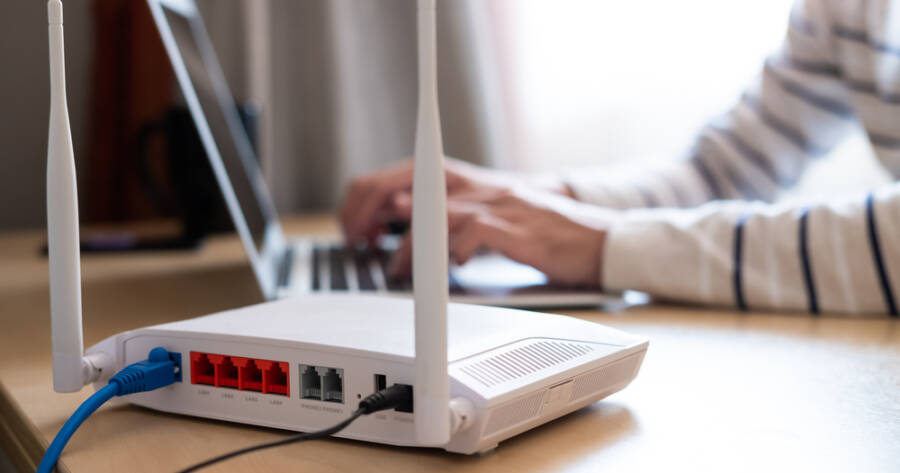For low-income households, securing affordable internet service can be challenging. Fortunately, various budget-friendly options exist, helping those on tight budgets get online without overspending.
Why Affordable Internet Matters
Access to affordable internet services has become increasingly important, especially with the rise of remote learning, telehealth, and online job applications. Without an internet connection, individuals may face difficulties completing essential tasks, which can lead to missed opportunities for employment, education, and healthcare.
For low-income households, the cost of internet service can be a significant barrier. Basic broadband packages from major providers can easily cost $50 or more per month, a sum that’s often out of reach for those on fixed incomes. Moreover, those in underserved areas may face even higher costs for reliable internet access, widening the digital divide. Fortunately, a growing number of programs and initiatives aim to bridge this gap by offering reduced-cost internet plans to qualifying households.
Government Assistance Programs
The Affordable Connectivity Program (ACP)
One of the most notable government programs designed to assist low-income households with internet access is the Affordable Connectivity Program (ACP). The ACP, which replaced the Emergency Broadband Benefit (EBB), offers a monthly discount for qualifying households. Eligible households can also receive a one-time discount on a connected device, such as a laptop, tablet, or desktop computer, through participating providers.
Eligibility is based on household income or participation in other government assistance programs, such as SNAP (Supplemental Nutrition Assistance Program) or Medicaid. If a household earns less than 200% of the Federal Poverty Guidelines, they may qualify for the ACP. To apply, households can visit the official ACP website, complete an application, and then choose a participating internet provider.
Lifeline Program
Lifeline is another federal program designed to make communication services more affordable for low-income households. Originally established to provide discounts on phone services, Lifeline now also offers discounts on broadband internet. The program provides a monthly discount of up to $9.25 for eligible households. Like the ACP, eligibility is determined by income or participation in federal assistance programs.
Lifeline can be used in conjunction with the Affordable Connectivity Program, which allows low-income households to stack benefits and further reduce their internet costs. This combination can significantly lower monthly internet bills, making basic connectivity much more accessible.
Tips for Reducing Internet Costs
Finding the most budget-friendly internet service often requires a little research and strategy. Here are some additional tips that can help low-income households reduce their internet bills:
- Shop Around: Compare prices and services from multiple providers. Different companies may offer promotions or discounts based on your location.
- Bundle Services: Some internet service providers offer discounts when you bundle internet with TV or phone services. However, only opt for this if you need the extra services, as bundling can sometimes add unnecessary costs.
- Negotiate: If you’re already subscribed to an internet service, try negotiating with your provider. Mentioning competing offers or promotions may give you leverage to lower your monthly bill.
- Avoid Extras: Some providers charge extra for features like security suites or premium support. Unless these are essential, declining these add-ons can save you money each month.
- Use a Hotspot: In some cases, using a mobile hotspot may be more affordable than a traditional broadband plan. Many mobile carriers offer low-cost or even free hotspots for low-income customers.
Learn More Today!
Affordable internet access is essential for maintaining social and economic inclusion in today’s digital world. Thankfully, government programs like the Affordable Connectivity Program and Lifeline, along with various state-level resources, make it possible for low-income households to stay connected without breaking the bank.
However, each household’s needs and eligibility may vary, so it’s important to research the best options available in your area and take full advantage of any applicable assistance programs. With careful planning and exploration of these resources, affordable internet access can become a reality for many low-income families.
